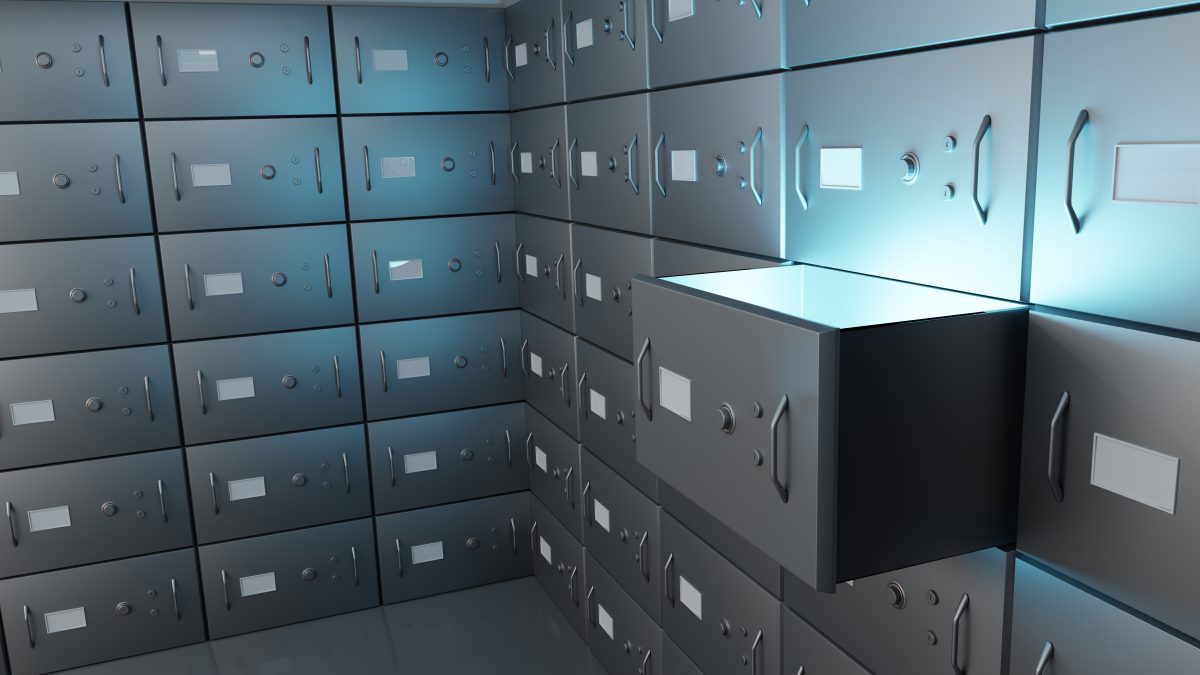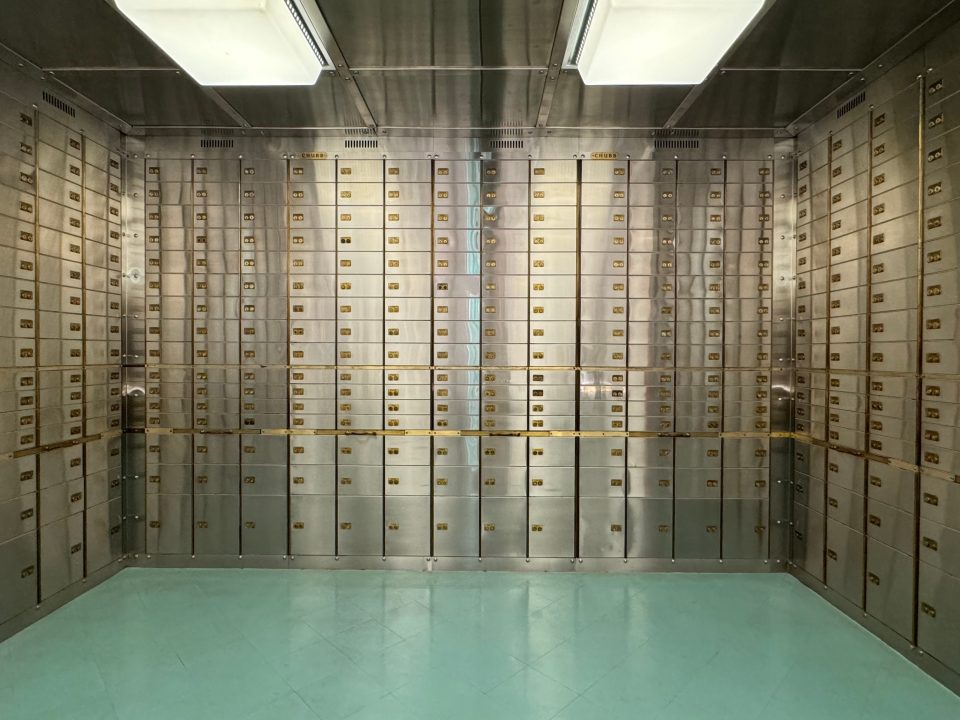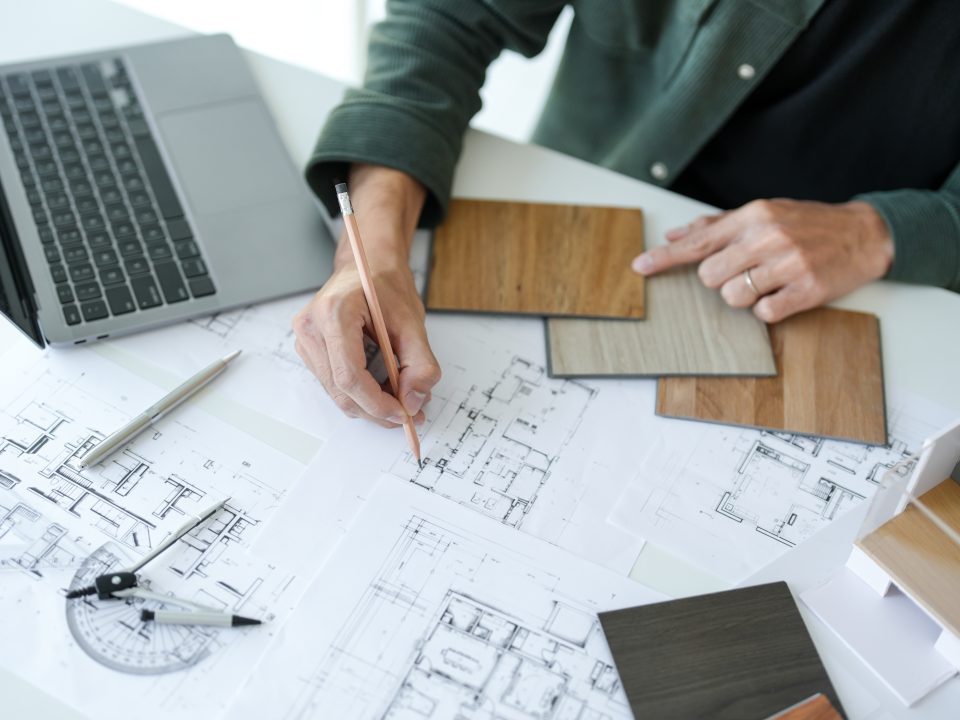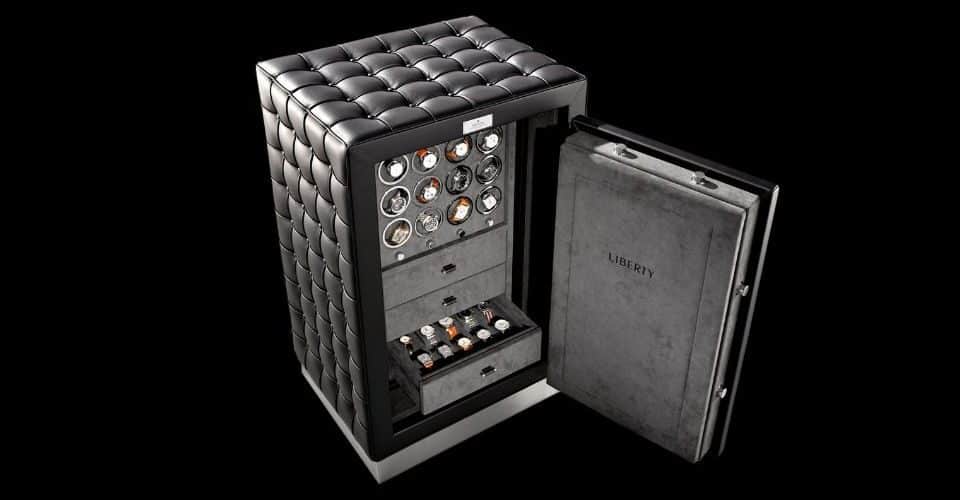Custom Panic Rooms for Collectors: Protecting People and Art Together

Integrating Panic Rooms with Smart Home Infrastructure at the Blueprint Stage

How Hidden Jewellery Safes Enhance the Value of Ultra-Prime Properties
In the face of increasing threats such as armed attack, robbery or kidnapping, the creation of secure premises in residential and commercial buildings is becoming not a luxury, but a necessary measure. A safe room, or panic room, is a specially designed fortified space capable of providing protection against a wide range of risks.
Such rooms are designed according to strict international standards. This is achieved through the use of composite panels and reinforced structural steel, which effectively block the penetration of bullets and fragments. Designing a panic room begins with assessing specific threats and choosing the optimal location. Important attention is paid to integrating the room into the existing building architecture, ensuring it remains as discreet as possible. A disguise allows you to gain time when intruders enter.
The design of the premises takes into account not only ballistic but also fire protection. This is especially important in cases of arson or fires that occur during attempted break-ins. The walls, ceiling, and doors are reinforced with multilayer panels that combine fire and bullet-resistant properties. A secure door is a key element of a safe room. In some versions, security doors are equipped with electronic access control systems, delay timers, and redundant mechanical locks.
Integrating Secure Storage for Valuable Collections in Panic Rooms
Safe rooms are created not only to shelter people but also to protect them. They often combine the functions of a safe to store valuables, such as jewelry, works of art, and documents. The interior is equipped with certified storage facilities, such as fire-resistant safes, which protect the contents even under prolonged exposure to high temperatures.
Advanced Communication Systems for Autonomous Operation During Emergencies
Life support systems play an important role in the design. To maintain contact with the outside world and ensure autonomy, various communication solutions are employed, including an independent telephone line, an intercom, and CCTV systems for monitoring both the external and internal environments. The power supply is backed up by UPS or generators, ensuring the operation of lighting, ventilation, and locks even when the building’s general power supply is turned off.
Additionally, emergency ventilation and fire extinguishing systems are installed. Some projects provide explosion protection elements, such as multilayer reinforcement of walls and ceilings, which prevents the structure from collapsing during an explosion.
Panic room installation is a complex engineering process. It includes detailed architectural and engineering plans, selection of cable and ventilation ducts, assessment of the load-bearing capacity of floors and selection of optimal methods of fastening modular panels. The design process takes into account not only the technical characteristics but also the aesthetics of the interior. Interior decoration is possible in any style, so as not to cause dissonance with the overall appearance of the house.
The timeframe for the implementation of an individual project depends on the amount of work and ranges from several weeks to several months. At the same time, the customer receives a comprehensive set of operational documentation, including room adaptation plans, technical specifications, and an operations and maintenance manual.
The owners of country villas, top managers of large companies, politicians and judges show the greatest interest in installing reinforced rooms. Owners of facilities with confidential data repositories or collections of valuables are also in high demand.
In modern realities, a safe room combines advanced security technologies, sophisticated engineering solutions and advanced camouflage. This is a space that can become a reliable shelter and preserve life and property even in the most critical circumstances. The creation of such premises is not just the installation of strong doors and walls, but a complex process that combines certification standards, detailed design of structures, communication systems and autonomous power supply. With proper design, a safe room equipped with a safe box remains an invisible part of the building, but at a crucial moment, it becomes a key factor determining the safety of people and the safety of their valuables.
![]()





